Secret Roman ruins, golden churches and gorgeous parks in Bulgaria’s super-walkable capital, Sofia.
I didn’t know what to expect when visiting Sofia, but I knew we’d be visiting at some point as part of our EU Tour. I’ve recently started a new job and didn’t want to take too much time off, so we booked flights from Manchester Airport to Sofia that arrived on Saturday morning (let’s not talk about that eye-watering 6am flight) and returned home on Sunday afternoon, giving us 24 hours in Bulgaria’s capital.
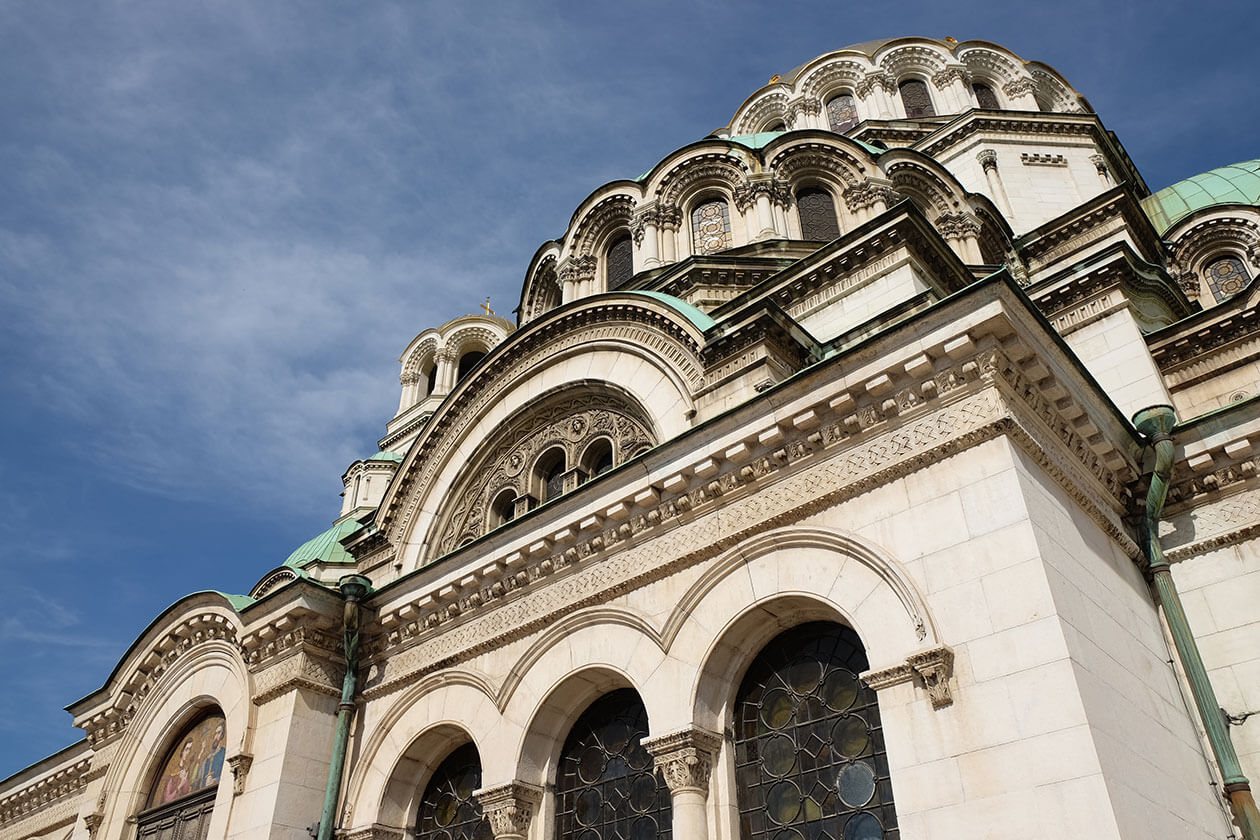
One of the loveliest things about Sofia is how walkable the centre is. Most of the sights are within a few minutes’ walk of each other. It’s easy to take it all in on a leisurely afternoon stroll, starting at the airport bus stop on Eagle Bridge and ending on the main shopping street, Vitosha Boulevard.
Green space, autumn leaves and statues
The first thing that surprised us is how much green space there is in Sofia. The bus from the airport dropped us off at the last stop, on one of the main roads into the city centre. We soon realised that we were only 5 minutes’ walk from the centre, and even in that short distance, we walked past one park and through another.
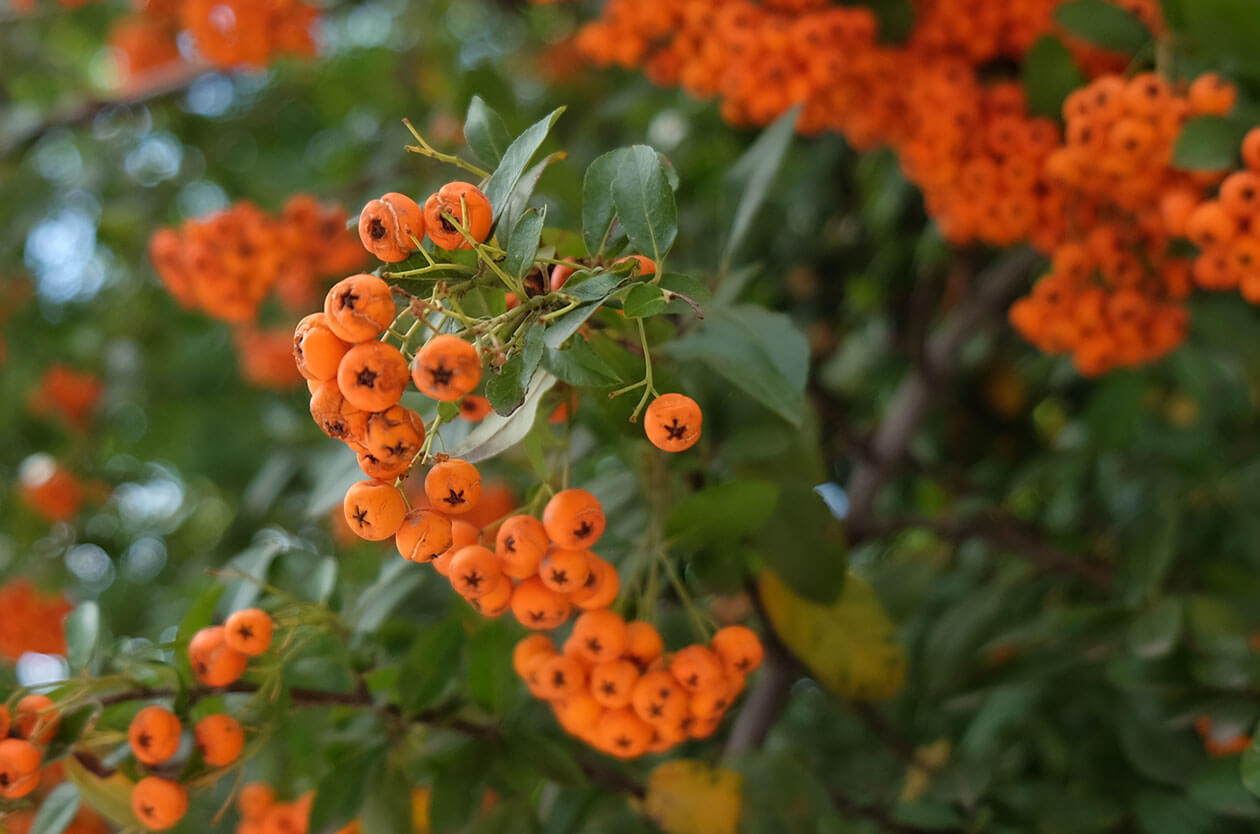
We were so lucky with the weather during our visit; most of Europe was in the grip of a weird October heatwave and we got beautiful 20-degree, sunny weather and blue skies, along with gorgeous autumn leaves. The weather made it particularly enjoyable to spend time in Sofia’s beautiful parks and gardens, many of them filled with interesting sculptures – I don’t think I’ve ever been to a city with more outdoor art.
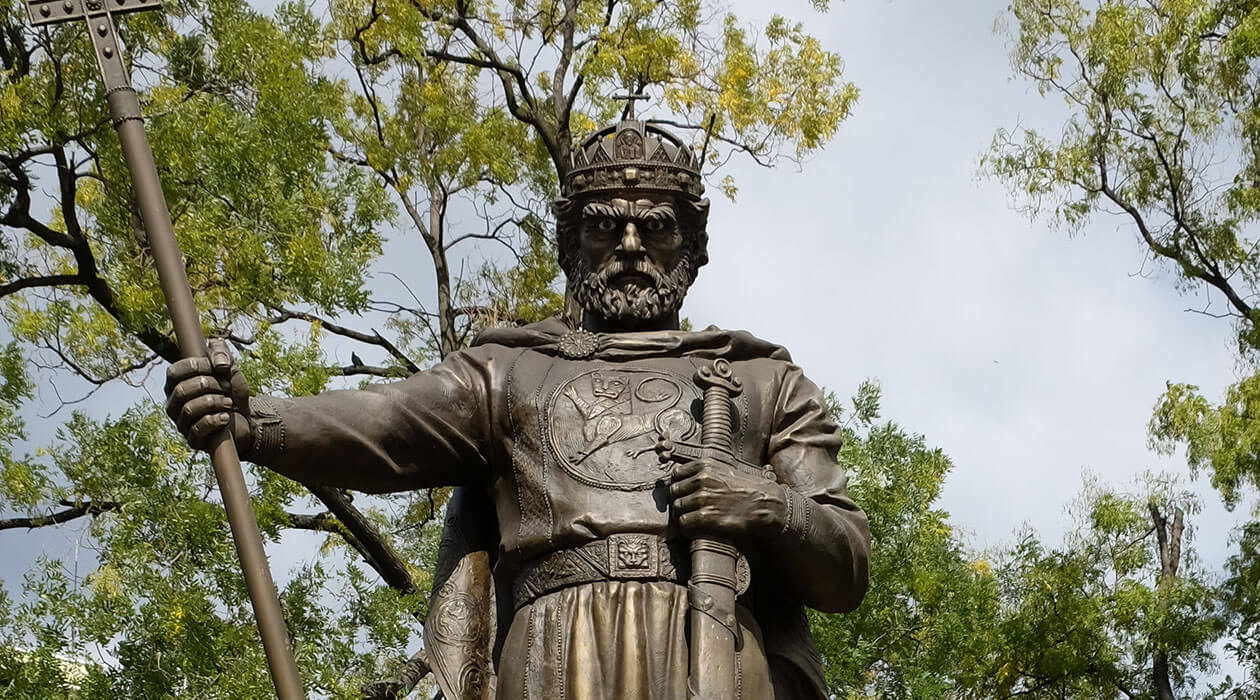
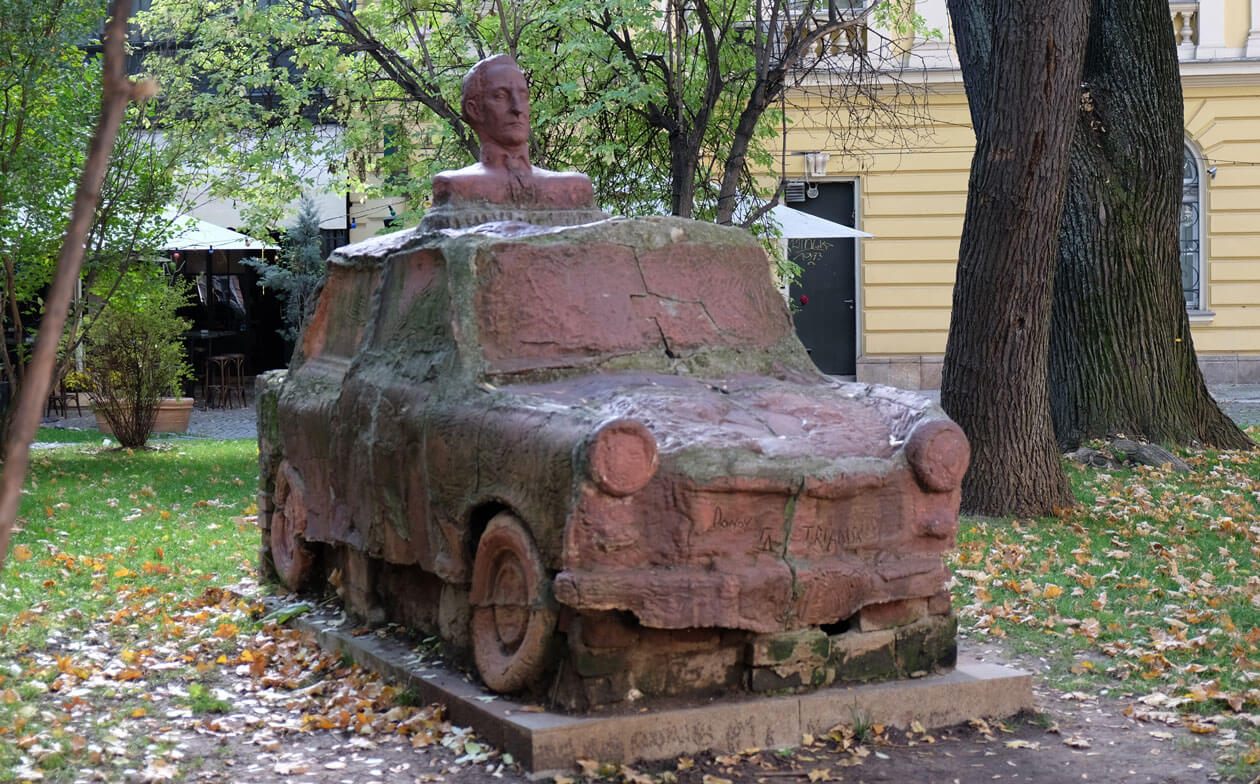
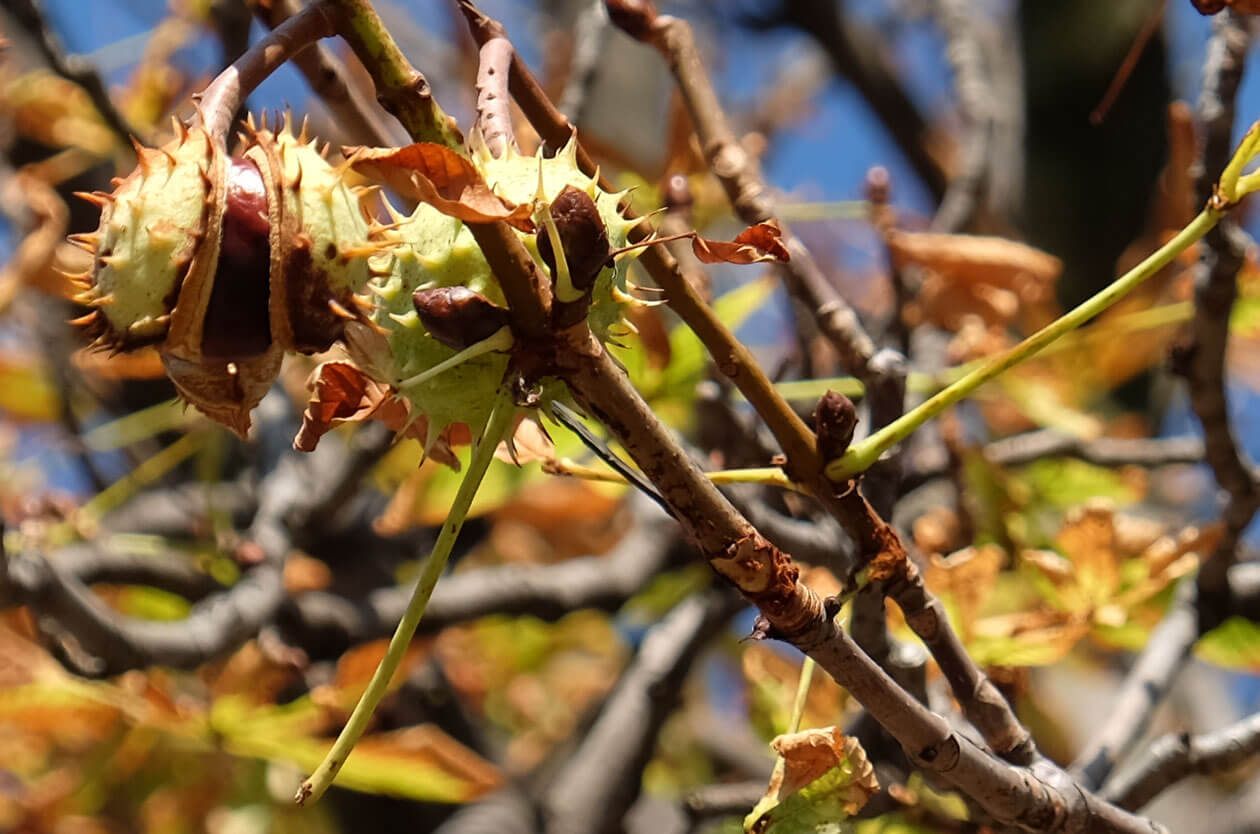
Alexander Nevsky Cathedral
Alexander Nevsky Cathedral is the symbol of Sofia and pretty much of Bulgaria too. You simply can’t come to Sofia and not see this amazing Byzantine-style Orthodox cathedral, covered in green and gold domes.
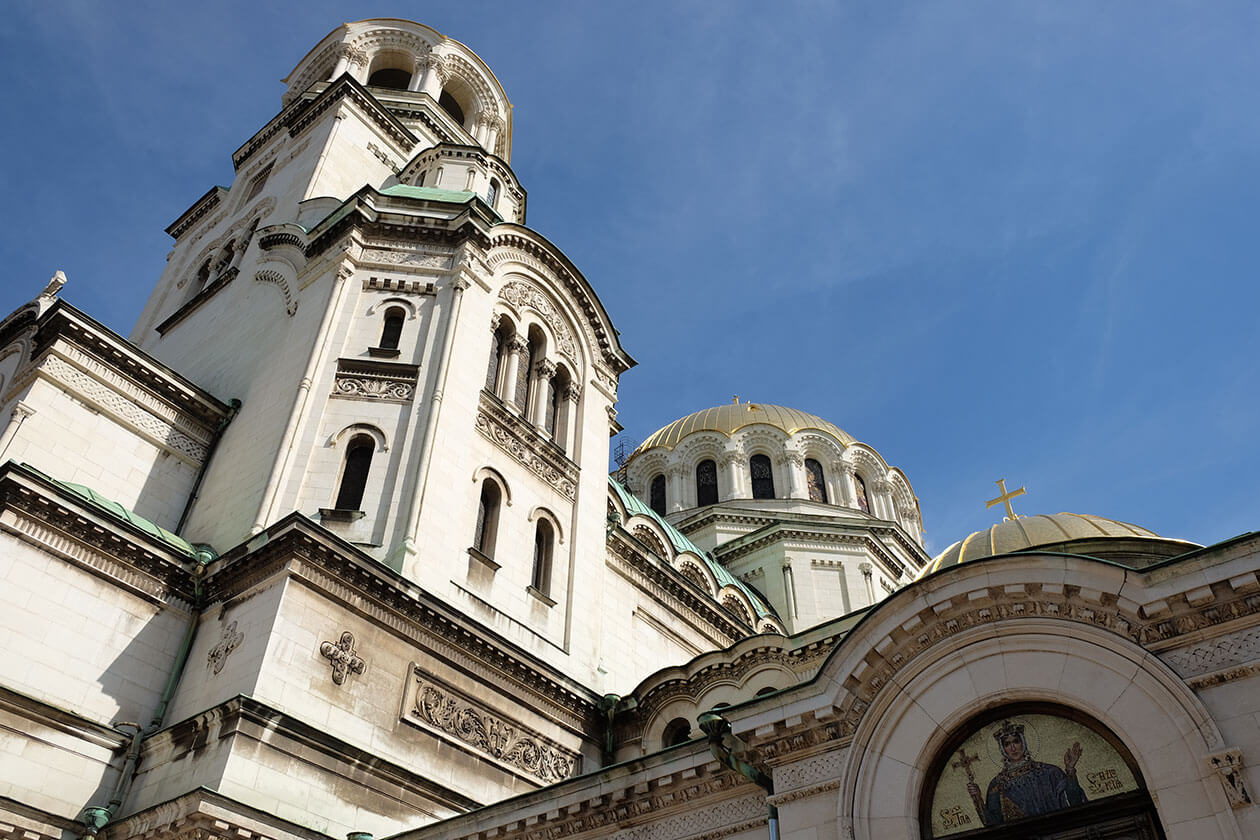
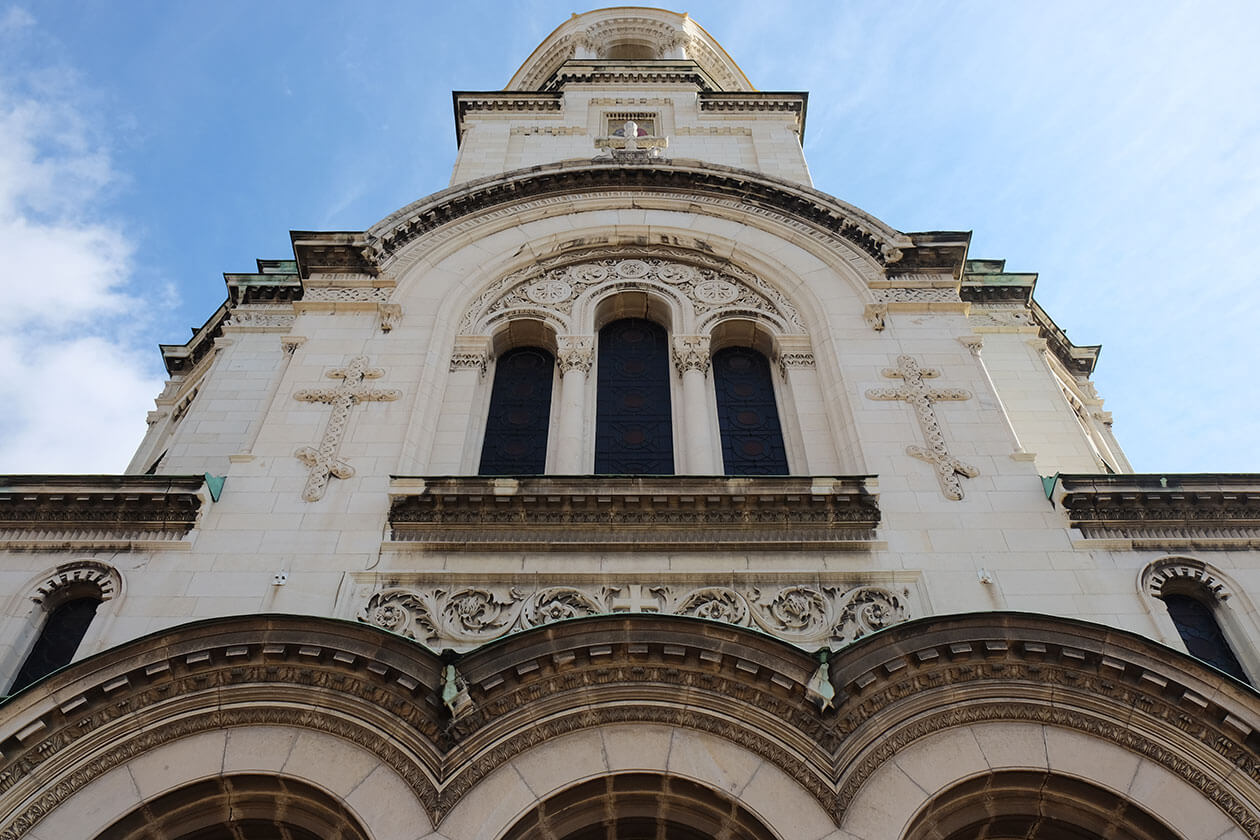
The dark, atmospheric interior is just as impressive, with faded murals and mosaics illuminated by hundreds of votive candles lit by worshippers.
Visitors are welcome and it’s free to get in, although a licence to take photos costs 10 Euro. There’s a well-reviewed museum in the Cathedral’s crypt which holds a collection of religious icons.
Sveta Sofia Church
Just across the road from the grand Alexander Nevsky Cathedral is another important but far more unassuming church, the Church of Saint Sofia. The church has been here since the 6th century (although during its history it’s been converted into a mosque and rebuilt after an earthquake) and gave its name to the city in the 14th century. There’s been a building on the site since the area was part of the Roman city of Serdica – you can visit some of the excavations in the crypt area and there’s a portion of the excavations undercover outside.
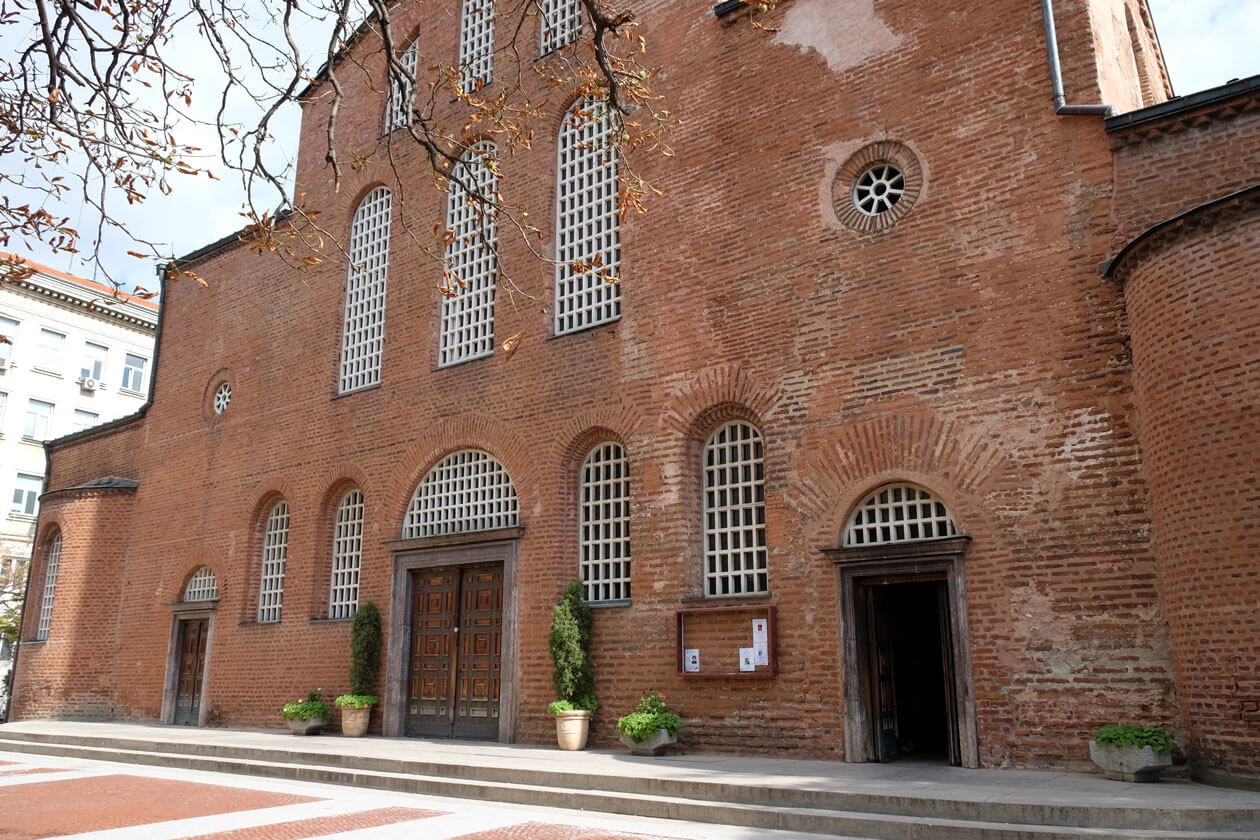
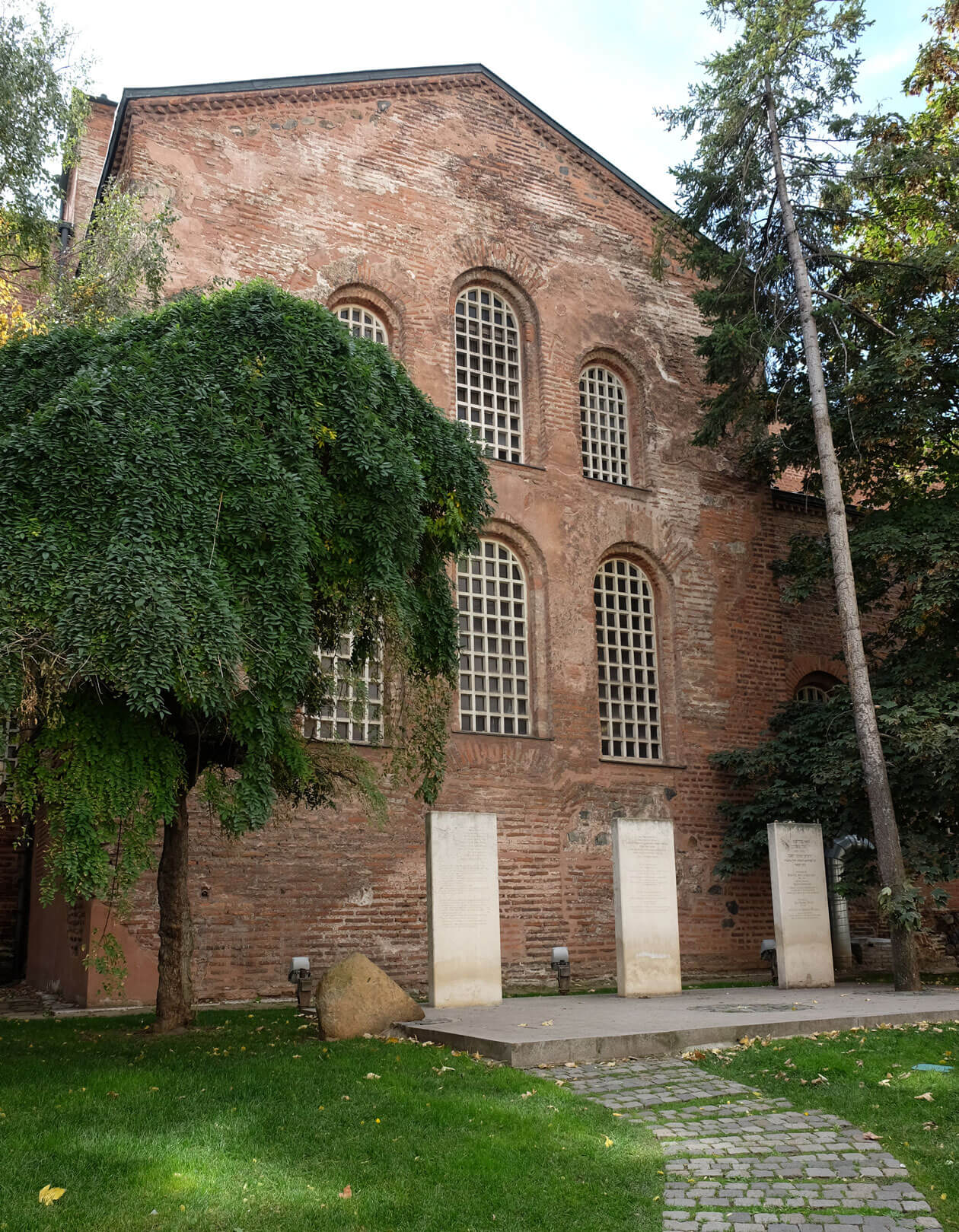
This brick-built church is simple inside as well as outside, but is still well worth a visit. While we were there a baptism was going on so the church was full of music from the upstairs gallery.
A flea market in the shadow of the Cathedral
Between Alexander Nevsky Cathedral and the Saint Sofia church, you’ll find a small garden, filled with statues. The garden also hosts a flea market, with stallholders selling antiques and vintage collectables, including Soviet medals, vintage cameras, retro clothing and jewellery.
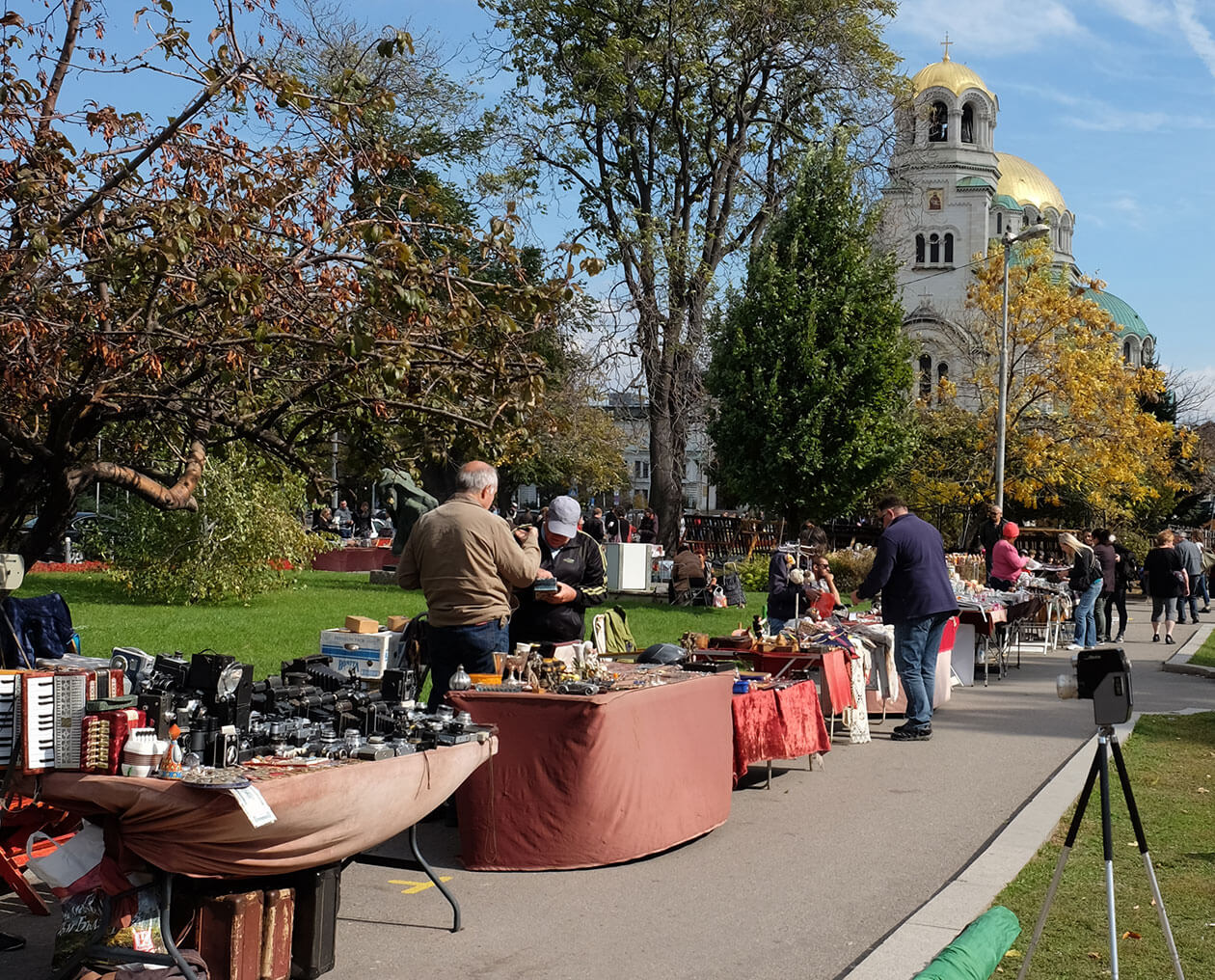
A Roman amphitheatre underneath a modern hotel
Just a few minutes’ walk from the Cathedral square, we turned down a narrow alley and came out in front of the Arena di Serdica Residence Hotel. There’s a clue in the name, but what you see when you go inside is still a surprise. When they were building the hotel, the construction workers unexpectedly found a Roman wall… and then another… and another… until they realised their building site was on top of the ancient Amphitheatre of Serdica. The hotel was still built, but the ancient ruins were carefully preserved inside the modern building, and are available for anyone to see in the hotel lobby. When you go in, just turn to the left and look down.
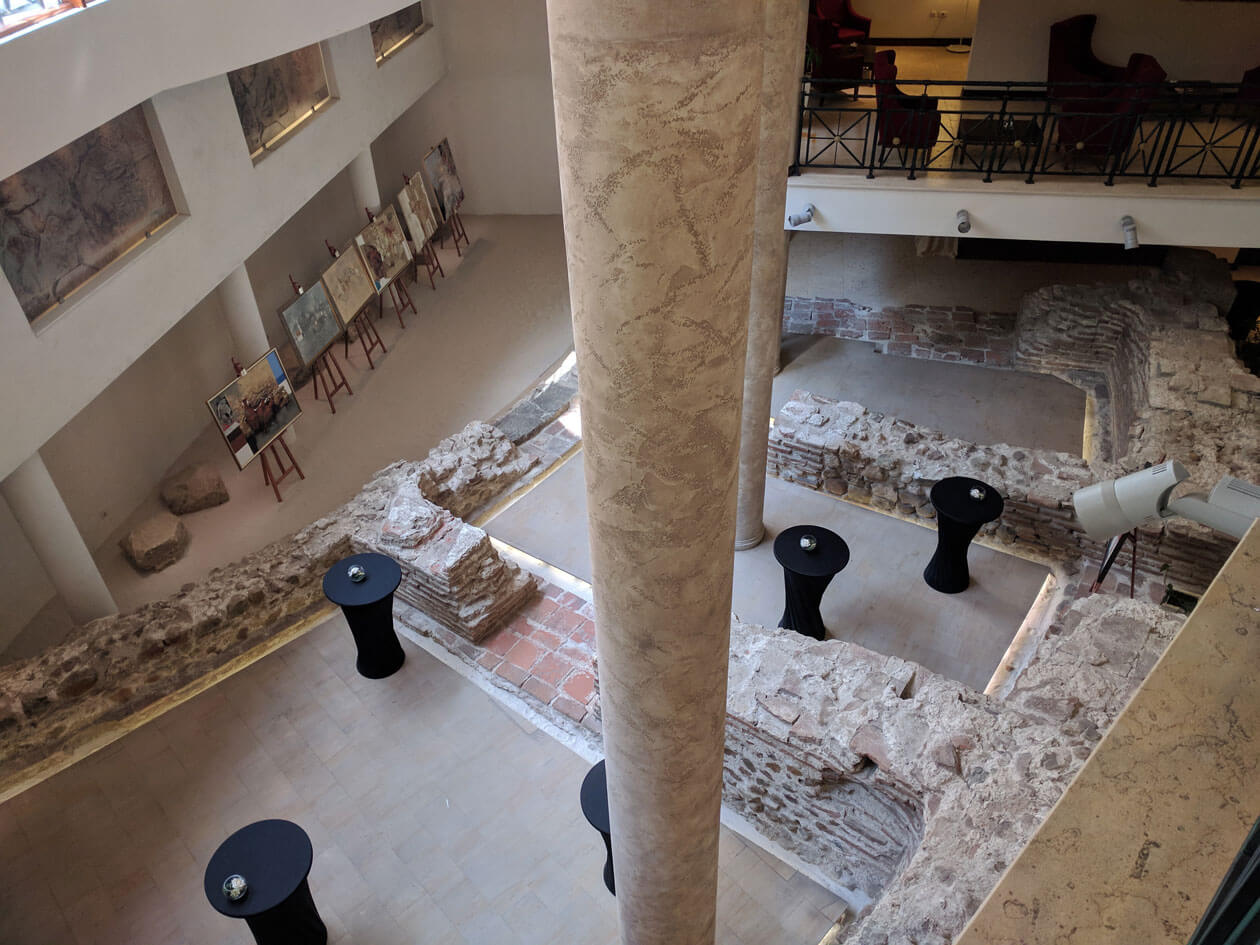
Ancient Sofia in a Metro station
After some lunch near the City Garden, we walked another few minutes towards Serdica Metro Station. As with the hotel, when they were building this station in the very centre of Sofia, they uncovered a huge expanse of Roman ruins. In the subsequent excavations, they discovered the ancient city gate of Serdica, which Sofia’s 21st-century residents walk through on their way to the metro platforms.
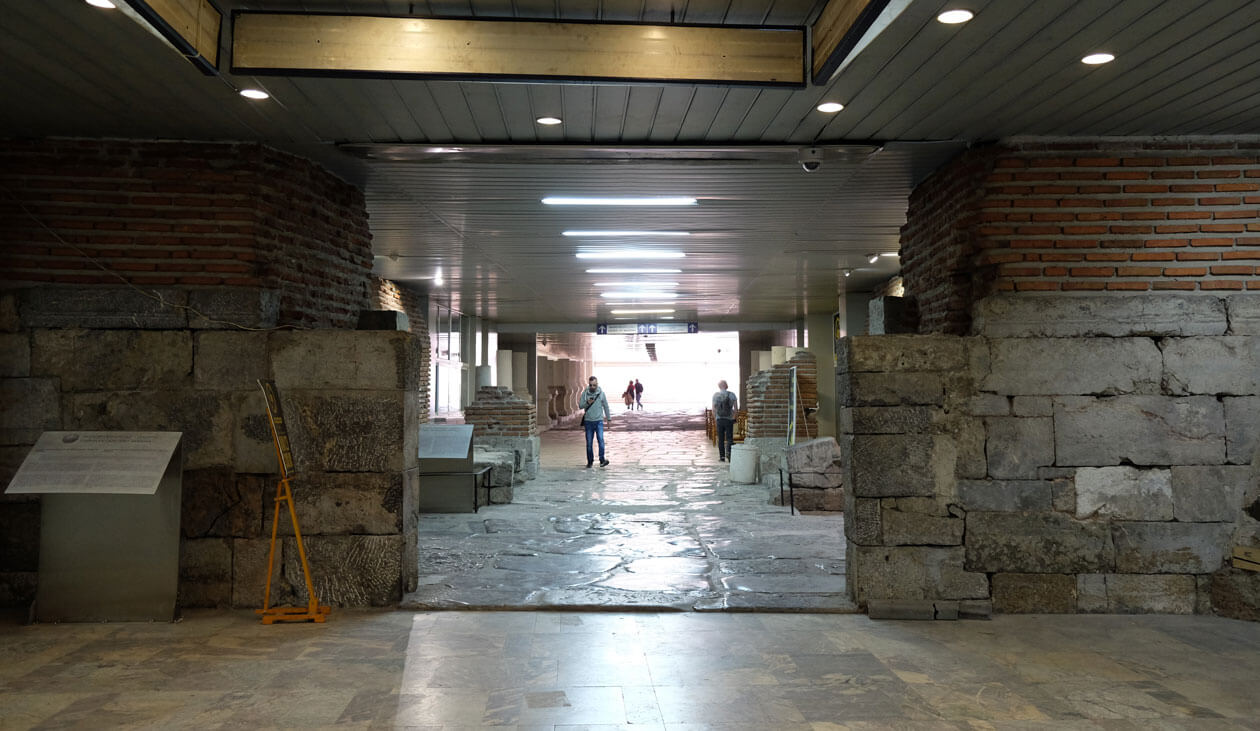
The ruins are just below modern street level, and are partially covered by a huge bubble-like roof. It’s a very weird experience to be underground among the ruins of a Roman city, watching the modern city go about its business above you.
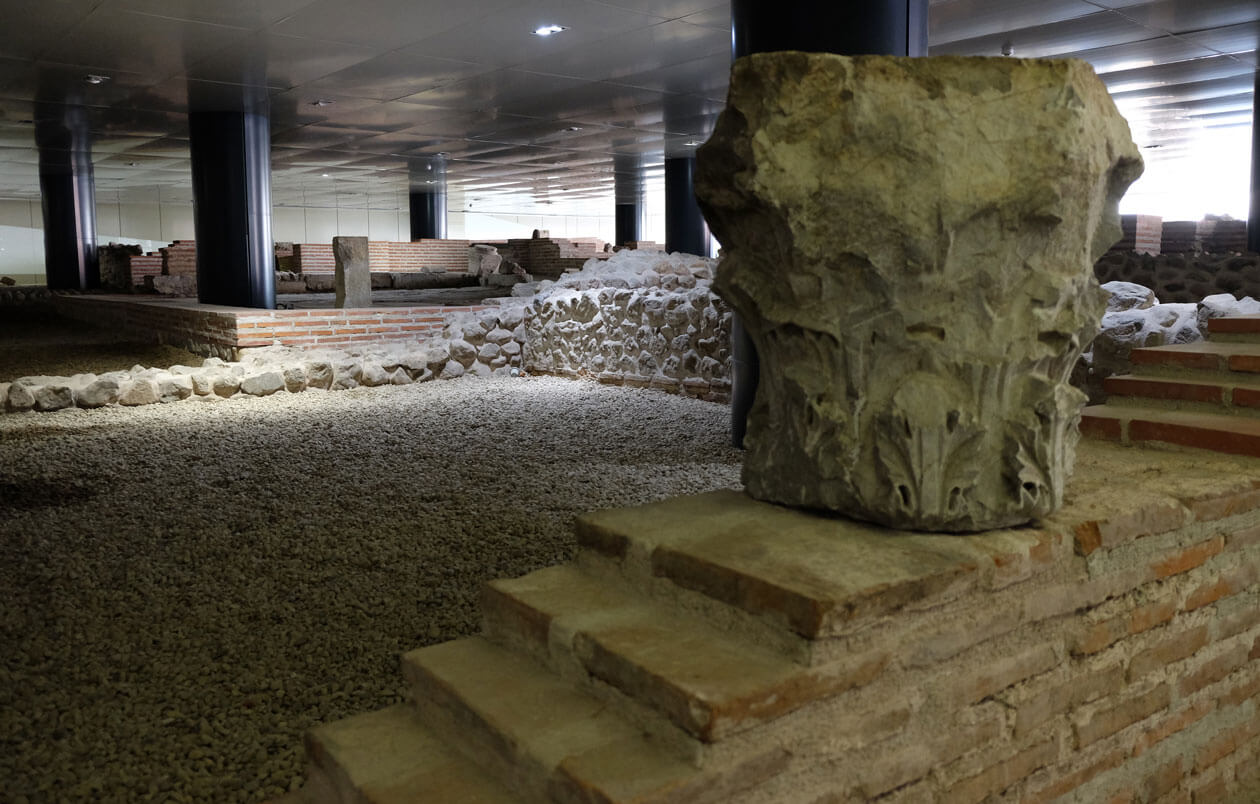

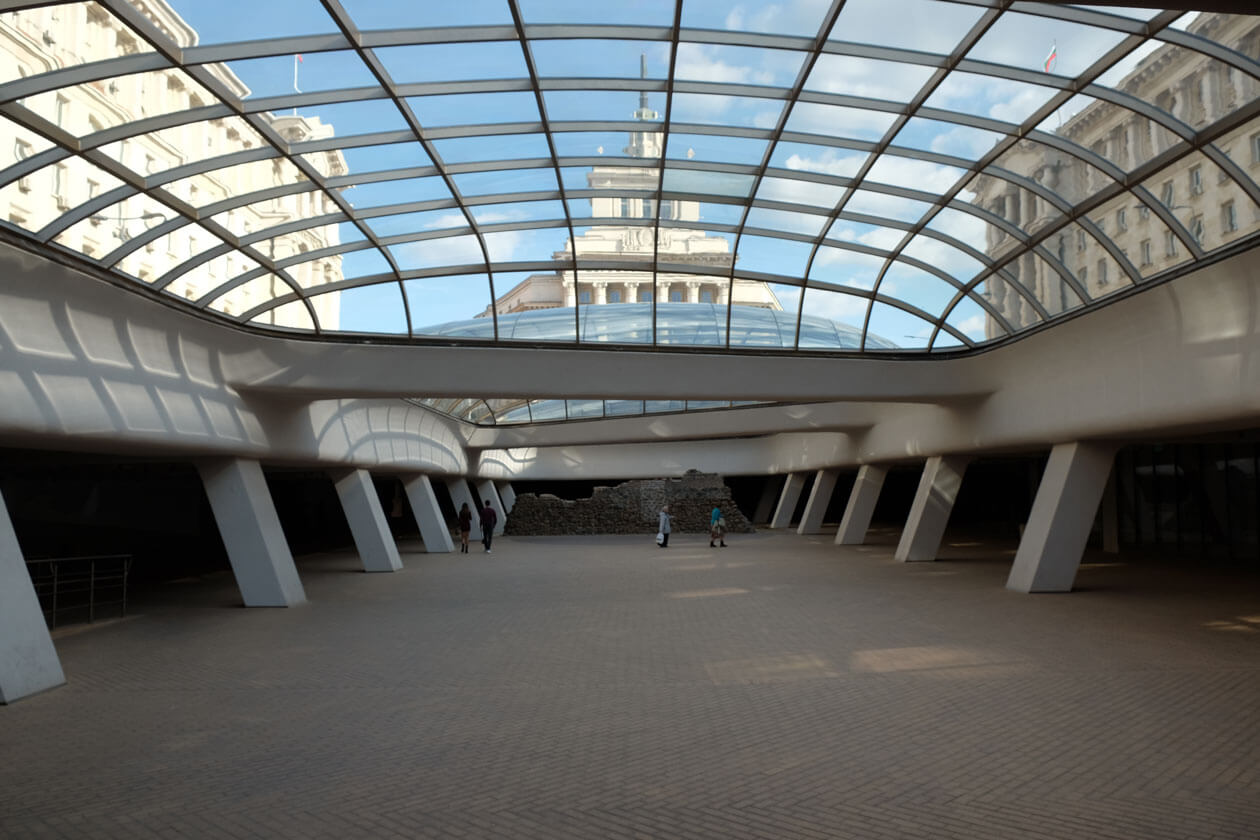
Next to the Roman ruins, there’s a tiny brick church, and high above it is another statue. The statue’s pedestal used to hold a figure of Lenin, but this was replaced in 2000 with a statue of Saint Sofia. The black and gold Saint Sofia statue reminded me a lot of the Angel in the independent republic of Užupis in Vilnius, Lithuania.
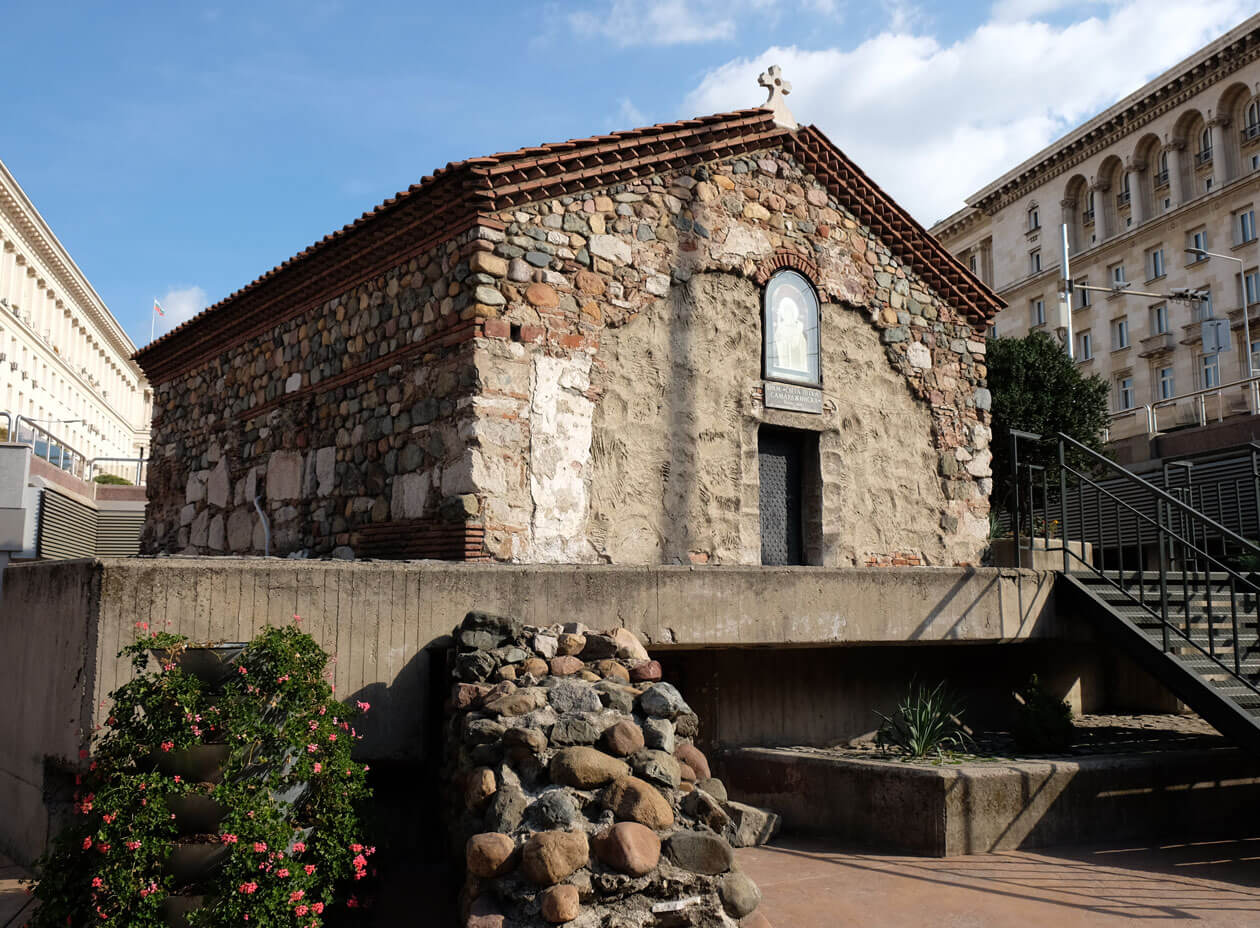

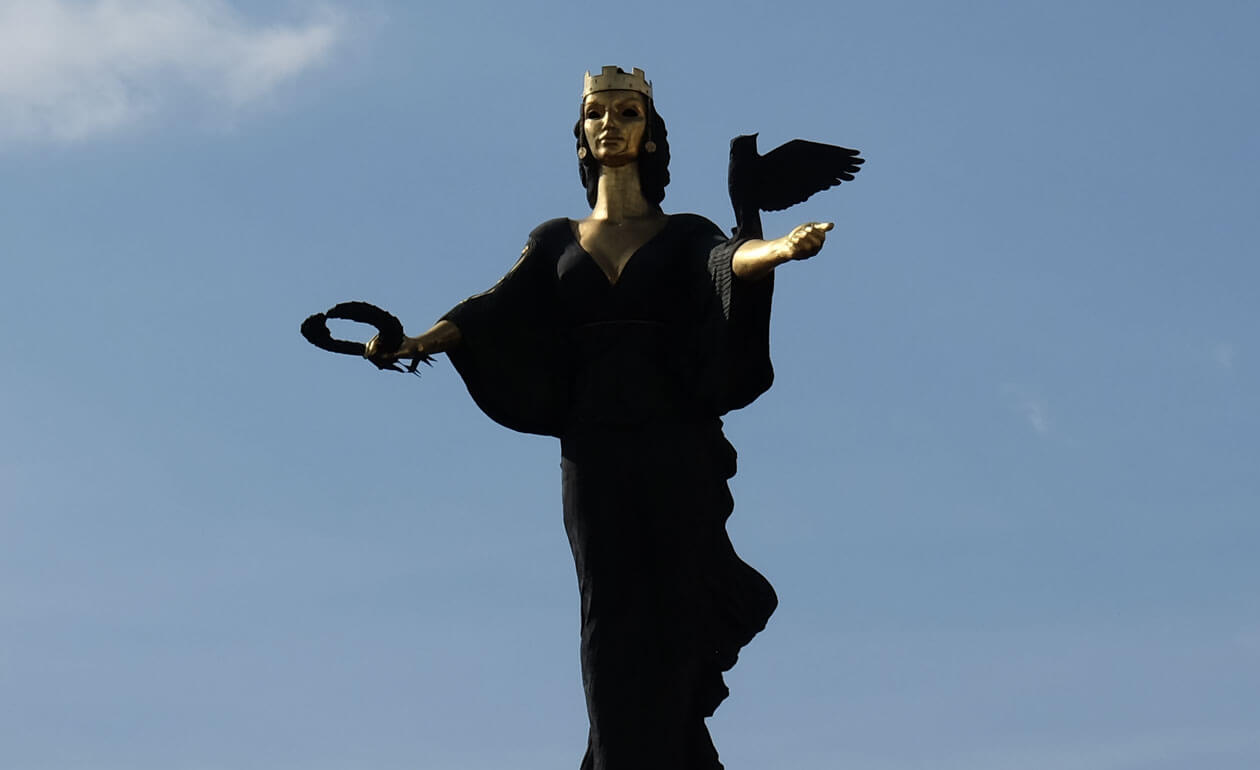
The Square of Religious Tolerance
Just up from the Saint Sofia statue is a very special part of Sofia. This is the only place in Europe where Muslims, Jews, Eastern Orthodox Christians and Roman Catholics can all pray in their own places of worship, just across the street from each other.
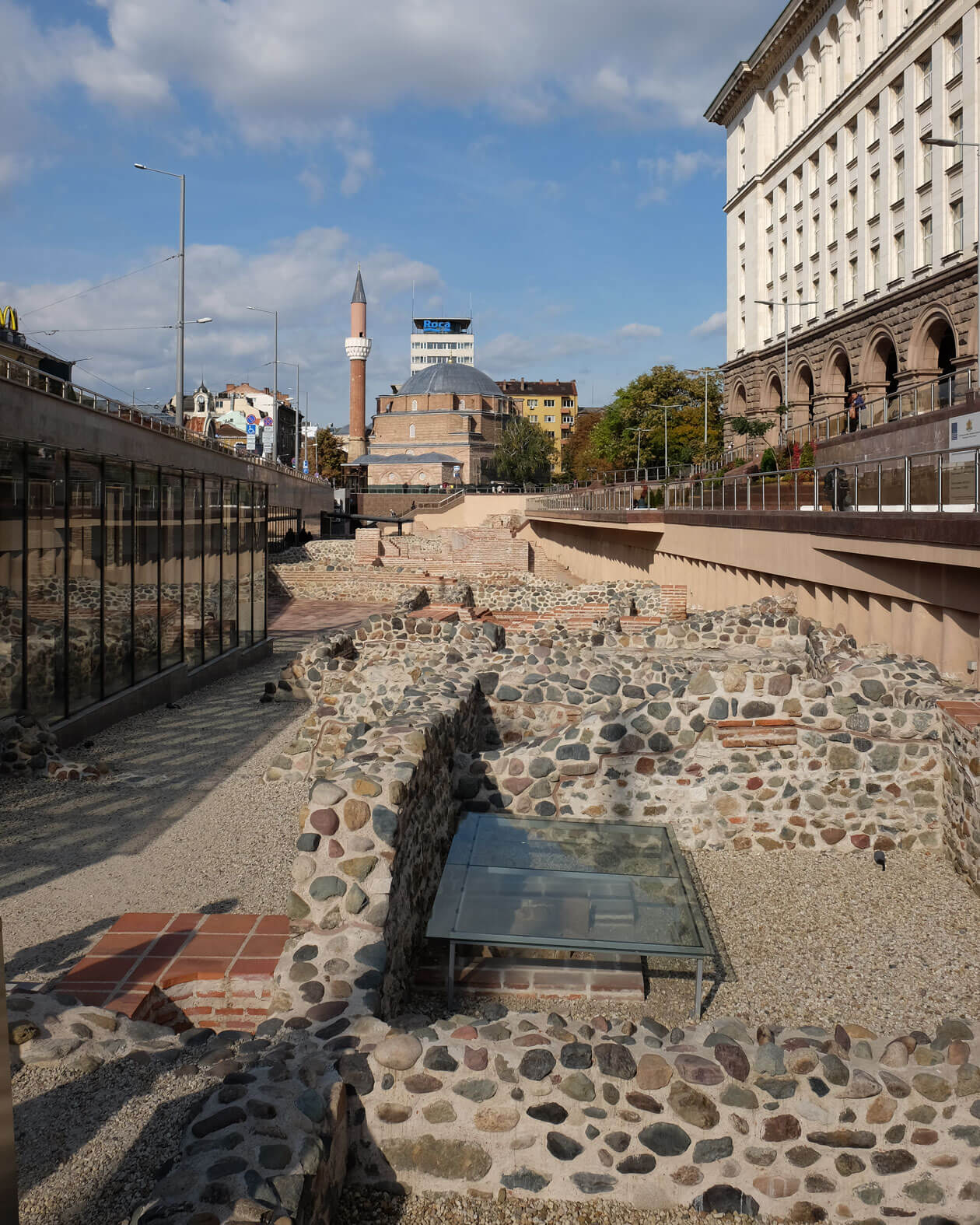
Vitosha Boulevard
We ended our afternoon walking through Sofia at the top of Vitosha Boulevard. This long shopping street is named after the mountain which looms over Sofia and which can be seen from many places in the city. If we’d had a little more time in the city we would have taken a trip out to see the mountain and take the cable car to the top. This time around, we had to be satisfied with the views from the street which bears its name.
We stayed at: Hotel Central
We saw: loads of churches; secret Roman ruins
We ate: Bulgarian pastries
We drank: Bulgarian beer


Thabk you!! Very interesting!!
Claire
What an awesome little adventure! I love to see people making the most of their weekends, and you managed to see so much!